Sigma 70-200mm F2.8 DG DN Sport Review
Dustin Abbott
November 16th, 2023
It’s finally here! After Sigma released their 24-70mm F2.8 DN ART at the beginning of 2020, we all expected that a 70-200mm alternative to the expensive GM lens would be right behind. But three months later it was Tamron that came out with their 70-180mm F2.8 VXD, and that lens became the de facto alternative to the GM lens. Surely Sigma’s own 70-200mm would come soon…but three more years have gone by. During that time Sony released an exceptional (but expensive!) 70-200mm F2.8 GM II, and earlier this year Tamron was back with a much improved G2 version of their 70-180mm F2.8 lens. I say all of that to say that Sigma has obviously waited to refine the formula for their own lens – the Sigma 70-200mm F2.8 DG DN Sport – and give it an extra degree of polish. That has undoubtedly resulted in a more complete lens, but it also means that some of the competitors have had time to become more thoroughly established in the market. Has taking their time paid off for Sigma? You can get my thoughts in my video review below or by reading on…
Follow Me @ YouTube | Patreon | Instagram | Facebook | DA Merchandise | Flickr | 500px
Thanks to Sigma Canada (Gentec) for sending me a review loaner of this lens. As always, this is a completely independent review. *The tests and most of the photos that I share as a part of my review cycle have been done with the Sony a7RV along with the Sony Alpha 1 that serve as my benchmark cameras for Sony lenses.
__________________________________________________________________________________________________
The Sigma 70-200mm DN follows Sigma’s recent trend of competing directly with Sony’s own GM lenses in terms of features and performance…but not with price. This is an extremely feature rich lens, and, as per usual, Sigma’s “Sport” designated lenses carry Sigma’s highest degree of build quality. This is a lens capable of performing in challenging environmental conditions and producing stunning images.
I think one of the main reasons why Sigma held off as they did is that while their lest robust STM motors might work with a lens like the 24-70mm F2.8, a 70-200mm lens (particularly with the “Sport” designation) required a more robust focus system. Sigma developed and first released that system with the 60-600mm Sport lens they released at the beginning of 2023. That focus system is called HLA, and it is a high powered linear focus system that allows for the faster, more responsive focus needed in a sport oriented lens like this one. In this case we have dual HLA motors and focus is near instantaneous. That allows you to tackle more subjects with the lens.
The Sigma offers real value compared to the GM lens, coming to market at an MSRP of $1499 USD, meaning that it is $1300 cheaper than the $2800 USD Sony GM II lens and a few hundred dollars more expensive than the $1300 USD Tamron 70-180mm G2. That feels like a good price point for the Sigma where it can offer strong value for money on either Sony E or Leica L mounts. Let’s dive into the details and find out if that is in fact the case.
Sigma 70-200mm DN Build and Handling
Sigma divides its lenses into three different categories: Contemporary, Art, and Sport. The Contemporary lineup gets the lowest level of build and weather sealing while the Sport lenses do have the highest grade of weather sealing because they are the most likely to be used in inclement conditions (the ART lenses fall in between). Many sporting events will take place regardless of weather conditions, and, surprisingly enough, most wildlife is waterproof! With that in mind, the Sigma 70-200mm DN Sport has Sigma’s highest grade of weather sealing. While I haven’t seen a diagram yet (I’m doing this review before the public release of the lens and before any such diagrams are available), Sigma says this of the weather sealing, “The mount connection, manual focus ring, zoom ring, switches, switch panel and exterior connection are all dust and splash resistant* to prevent dust and dirt from entering the lens.” That sounds like proper seals in all the places I would expect.
As with other “Sport” lenses I’ve tested, the 70-200mm DN feels very professional grade. Sigma uses a variety of materials in the design of the lens body and hood, including magnesium, carbon fiber reinforced plastics, and “thermally stable composite” (a high end engineered plastic that has an excellent thermal expansion rate). Sigma’s last 70-200mm F2.8 Sport lens for DSLR mounts was far and away the heaviest lens in the class (1800 grams), but Sigma has been more diligent in reducing the weight here. The 70-200mm DN Sport weighs in at 1345g (47.4oz), which is 455g less. Unfortunately that still makes it the heavyweight on Sony E mount, as the Sony 70-200 GM II is only 1045g and the reduced focal range Tamron a lighter still 855g. I happened to still have the Tamron on hand from my review of that lens, and the difference in weight is extremely noticeable. The Sigma will not be the top choice of those interested in “traveling light”, but it does feel very robust and professional grade. The Tamron continues to be the top choice if you want to pack light – the visual difference between it and the Sigma is significant.
They scarcely look like the same class of lens, particularly when the Tamron is in the retracted position. That weight difference is slightly exaggerated by the fact that the Sigma has a full non-removable tripod collar. It is an integrated design. The Sony GM II also has an integrated tripod collar, but in that case the foot can be easily removed (without tools). You can only remove the Sigma foot with tools, so prepare to have it mounted all the time. On a positive note, I found the weight balance on a tripod to be excellent using the tripod collar, and I also appreciated that it has strong detents at the four cardinal positions, making it easy to stop at those spots by feel. One core advantage over the GM lens is that the Sigma tripod foot is ARCA-compatible, meaning that it can go onto most tripods without the need of a quick release plate.
The 70-200mm DN is an internally zooming lens, so it will not change length during either zooming or focusing. The constant exterior dimensions are 90.6mm in diameter (3.6″) and 205mm in length (8.1″). That is very slightly larger than the GM II lens, which is 88 x 200 mm. The front filter thread is a very common 77mm, which is smaller than the 82mm filter thread the Sigma Sport lens for DSLRs sported.
The lens hood mounts and marries into the lens in an interesting way. The mounting mechanism is more like Sigma’s larger telephotos lenses, as it It attaches via a tension knob on the bottom (it doesn’t bayonet on). But what is interesting is that the way hood mounts actually results in a bit of overlap over the zoom ring near the front of the lens (by perhaps 3mm), resulting in an unusual look that I associate more with a lens hood reversed for storage. There’s still plenty of room to access the zoom ring, but the look is a bit odd.
The lens hood is made of carbon fiber infused plastics, is ribbed inside, and, as is common with long telephotos, has a rubberized rim that will allow you to stand the lens on the lens hood (which is much more stable a position than standing it up on the rear lens cap). I would probably have preferred a more traditional bayonet style hood (I find hoods with the tension ring more fidgety to mount and remove), but I do give Sigma some appreciation for the way they’ve taken a few chances and experimented with some of the basics in recent lenses. I’m not sure they’ve improved things over the traditional process, but at least they’re trying.
A large nylon padded case with a carrying strap is also included. Sigma’s lens storage cases are among the nicest in the industry. Sigma does go the extra mile in the presentation of their lenses, and they are proud that their products continue to be fully assembled in Japan.
The 70-200mm DN is an extremely feature rich lens that easily rivals the most recent GM lenses for controls. That starts with the basic like the Focus Hold/Function buttons, which are redundantly added in three different positions, meaning that you have easy access to one regardless of how the lens is rotated. They all have the same function; there are three of them for easy access, not for multiple functions.
You can see from the first photo in the sequence below that there is a lot going on if you look at the side the lens. It may take a little longer to learn where everything is just because there are so many different controls on the lens.
There’s a bank of four switches on the left side of the lens. The top switch (AF/MF) is a fairly good size, but the other three switches (like the 60-600mm Sport) are smaller, fairly flush, and a little stiff to operate. The first of these is a focus limiter with three options, including Full, 3m to infinity, and minimum focus to 3m. You can obviously increase focus speed by employing this, though I did find that focus was fast enough that I never reached for it. The third switch down is a three position switch for different OS (optical stabilizer) modes. Mode 1 is the Standard mode, while Mode 2 should be utilized while panning, as one axis of stabilization will be turned off to provide for smoother side to side panning. Sigma does note that the 70-200mm DN has “Intelligent OS” that utilizes info from an accelerometer to help with panning. The third position is an OFF switch for the stabilizer.
The final switch is dedicated to custom modes (OFF | C1 | C2). On DSLRs you could buy the Sigma USB dock and use the Sigma Optimization Pro software to tweak some functionality (including the function of custom buttons), and, while that same functionality is available to Leica L mount customers, it isn’t for Sony shooters (who make up the lion’s share of the market). That means that function of these switch positions is fixed, and they are really just more OS options. C1 prioritizes stabilizing the viewfinder (probably a good option if you’re shooting video or just have shaky hands), while C2 is called “Moderate View” and seems to focus more on stabilizing the image at capture and less on stabilizing the viewfinder (a good option in situations where you need to be very reactive to erratic movement). This final option option gives you the most stable results on your shots, but the image in the viewfinder will not feel very stable. C1 does a nice job of really keeping the viewfinder steady, though, and is my favorite for video capture. To recap – on Sony (at least for now), the “Custom” buttons are not really customizable buttons but are additional modes for the OS system. If you are using the L-mount version of the lens and the USB dock, you’ll be able to also tweak the distance employed on the focus limiter and assign a new value to the custom buttons. I think Sigma should probably follow Tamron’s lead and start in build a USB-C port into the lenses so that Sony shooters can benefit from the same custom options as L-mount shooters.
The OS is a Sigma’s new and improved system (OS2) which significantly improves the rating of the OS compared to previous Sigma lenses. This new system is rated at a whopping 7.5 stops on the wide end and 5.5 stops on the telephoto end, and you can really feel the improvement. As before, you can’t turn off the lens’ OS without turning off the camera’s IBIS, so I can’t tell you whether the two systems work in conjunction or not. What I can tell you is that the stabilization works well in both steadying the viewfinder and in allowing for low shutter speeds. Here’s one at 200mm and 1/6th of a second.
Sigma has found a way to work an aperture ring into the design of the 70-200mm DN, which will be welcome to those who enjoy this type of aperture control and also to video shooters because of the “declick” option. The is the first Sigma zoom (ever) to get an aperture ring. The aperture ring is the first of three rings on the lens barrel, and it is quite slim.
There are a variety of different options for controlling the behavior of the ring. The standard setup is that the ring has detents at each 1/3rd stop from F2.8 through F22. Those “clicks” are well defined and have a fair amount of resistances at each one. To the left of F22 is some resistance and then a gap to “A” or automatic mode where aperture is controlled from within the camera (either by the camera or the photographer). On the right side of the barrel there is a “Iris Lock” switch that allows you to lock into the aperture ring (keeping you from inadvertently switching into Automatic mode) or to lock you out of the manual focus ring and keep you in Automatic mode if you prefer not using manual aperture control. This being a constant aperture zoom, the maximum aperture of F2.8 remains throughout the zoom range.
Down underneath the bank of switches is another switch that allows you to “declick” the aperture. This removes all of the detents at traditional aperture positions and allows you to smoothly “rack” the aperture iris open or closed. This is mostly preferred by video shooters for the ability to rack the aperture to control depth of field during shots. This is a feature perhaps wasted on many photographers, but it is obviously a highly requested one, as we see this showing up on more and more premium lenses. The switch is a little inaccessible, but that’s probably okay, as this is not a switch you’ll regularly be reaching for. You tend to set it according to your preference and leave it.
There are two other rings on the lens – the zoom and manual focus rings. The manual focus ring is the first of the two, coming right after the aperture ring with just a few millimeters of space between them. It has very nice damping and a good feel, and the ergonomic position is good. When handholding the lens the tripod foot sits naturally in the palm of your hand, leaving your thumb and forefinger free to smoothly rotate the ring.
The zoom ring is located near the front of the lens and has a nice bevel in the first third of the ring to help to give it a tactile distinction from the other rings. It also has a larger, wider rib pattern. I do find the overhang of the lens hood a little odd, but there is still plenty of room there to grip it and zoom. This is an internally zooming lens, so nothing extends during zooming action. Internally zooming lenses tend to have smoother zooming action, and that’s true here, though there is a tiny bit of “drag” that I feel during the zoom action. It isn’t quite as smooth as the GM lens when zooming. It’s worth noting that Sigma persists in their zoom and focus direction being opposite of every other lens that I’m aware of on the Sony platform. Everything moves left to right, while Sony lenses (along with other brands) go right to left. My muscle memory often had me attempting to zoom or focus in the wrong direction as a byproduct of that.
Unfortunately there is another key area where the Sony E-mount version of the lens is limited compared to the L-mount version. Sony has limited teleconverter compatibility to first party Sony lenses, so unfortunately you won’t be able to use teleconverters with the 70-200mm DN on Sony. I was able to physically mount my Sony 1.4x teleconverter, but nothing registered through the camera with that combination. No aperture or lens information, and, unlike in the DSLR days when manual focus was direct, you can’t even use the lens as a manual focus lens because manual focus only works when the focus input is routed through the focus motors. You simply cannot use the lens with a Sony TC mounted…and there are no Sigma branded E-mount teleconverters. That’s not Sigma’s fault, but unfortunately it will be one reason for some photographers to spend the extra money and get the Sony version.
L-mount users can use either the TC-1411 (1.4x) or TC-2011 (2.0x) teleconverters with the lens. There are obviously a couple of advantages for Leica L-mount owners due to Sigma being part of a consortium that utilizes the mount and its focus protocols. It is technically a “first party” lens in L mount.
Like many modern zoom lenses, the 70-200mm DN has a variable minimum focus distance depending on the focal length. At 70mm the MFD is 65cm (25.6″), but at 200mm the MFD is 100cm (39″). The maximum magnification figure is on the telephoto end, where you can get a 0.19x magnification. Here’s what that maximum magnification (at 200mm) looks like.
That’s useful, but unfortunately it does lag significantly behind the Tamron (0.38x) and Sony (0.30x). That didn’t stop me from getting some lovely “up close” images with the lens.
This has a become an extremely competitive class of lens in recent years, but the Sigma 70-200mm F2.8 DN is largely able to stand toe to toe with the Sony GM II lens and match it feature for feature…and at a much lower price. The biggest downside has to be the extra weight for the Sigma, but other than that it is a beautifully made lens loaded with professional grade features.
Sigma 70-200mm DN Autofocus
I’m glad that Sigma waited until they had developed their new focus system before releasing this lens, as the 70-200mm DN will be one of the most important lenses in their lineup. The new HLA (High-response Linear Actuator) focus motor is a definite improvement over the stepping motors Sigma used in the past (and continues to use in less demanding lenses). Here’s how Sigma describes the focus system, “A linear motor is a linear actuator that controls electromagnetic forces and can be driven freely, enabling high-speed AF. It can move the heavy focus group while ensuring the lens remains quiet, but the weight is relatively heavier.” “The weight is relatively heavier” is an awkward phrase in English, but it essentially means that while typical stepping motors are smaller and lighter, the linear focus motor here is more powerful and has the necessary torque for rapid focus changes even with the heavy glass elements that a telephoto zoom with a maximum aperture of F2.8 throughout has. Sigma actually employs dual HLA focus motors in this setup to assure there is plenty of speed for all activities. And you can definitely feel the speed, as there is little hesitation when making focus changes and instead focus is essentially where you need it be near instantaneously.
A 70-200mm F2.8 zoom is a workhorse. It joins a standard zoom like Sigma’s 24-70mm F2.8 DN as being one of the top two most used lenses for many professionals. That means that it will be used for a wide variety of subjects – from portraits to sports and pretty much everything else in between. The inability to use teleconverters (on Sony) means that sports will perhaps be limited to court-based sports (basketball, volleyball, etc…), but a lens like this needs to be very reactive to focus changes to assure that people don’t miss those critical action shots.
But let’s start with the simpler side of autofocus. When doing my focus change tests, I found that most major autofocus changes either indoors or outdoors were near instantaneous. Low lighting conditions will slow things down very slight (as per usual), but the powerful focus motors allow focus to be prompt even in those conditions.
Eye AF lock was quick and accurate. I could move around and the “green box” would stay sticky on the eye of my subject at different angles. I had perfect results during a portrait session even when I put a variety of different layers in front of my subject. She wore sunglasses for part of the session, but that proved no problem.
It’s always a little frustrating to me when I get telephoto lenses for testing in winter…and though it is November, winter came early this year. Many of my typical wildlife subjects are either in hibernation, have limited movement, or have just headed to warmer climes for the winter! It’s difficult to find active subjects, and I did a few hikes through the woods packing the 70-200mm DN without seeing a single bird or even a squirrel. I had to find alternate subjects.
One of those came in the form of Nala, who was kind enough to at least move around on the snow so I could track her action. She wasn’t moving particularly fast (snow is new to her), but tracking was pretty much perfect during that sequence (263 shots during a few bursts) with only a few very minor variations.
I wanted something moving a little faster, so I asked my son if I could shoot a sequence of him heading off to school on his eBike. The bike (which I reviewed here) can accelerate very quickly and has a top speed of 28MPH, making it a decent action subject. Further complicating things was a sudden snowstorm, so you’ll be able to clearly document the misery of riding to school in a snowstorm from my son’s face. All of the falling snowflakes makes for a focus challenge, but I was happy to see that focus stayed linear and tracked him well without getting distracted.
I had hoped to photograph basketball, but when we went to the gym for a pickup game, we discovered that all of the space had been booked by badminton and pickleball clubs, so we weren’t allowed in. I saw enough during my action sequences to get a good feel of the performance. As per usual, I do think that the 2nd gen Sony branded 70-200mm lenses (70-200 GMII and 70-200mm F4 G Macro) provide slightly better performance than any of the third party alternatives, but the Sigma 70-200mm DN is clearly better than the first gen Sony lenses and is close to the 2nd gen lenses in tracking performance.
During my video autofocus tests I saw promising results. Focus pulls were smooth and confident. I also noted that focus breathing was well controlled, allowing the framing of the subject to be fairly constant regardless of the focus position.
When I did my “hand test” where I alternately block/unblock the camera’s view of my eye with my hand. The focus transitions were smooth other than one sequence where it grabbed the background instead of switching to my hand. This was consistent with a few experiences I had for stills where autofocus refused to grab the foreground subject and required me to manually focus into the right zone. That happens on occasion, and using the focus limiter can help.
This brings me to one other area on Sony where Sony has artificially tilted the playing field in their favor. Burst rate for third party (non-Sony) lenses is artificially limited on Sony’s sport cameras (the a9 or Alpha 1 series) to 15FPS in burst speed. 15FPS is still very fast, obviously, but if you’ve made a big investment in a sports camera, you might want to consider a Sony lens for that simple reason. I haven’t yet tested this on the a9III and its insane burst rate, but on my Alpha 1 the burst speed with a Sony lens is up to 30FPS but only 15FPS with a non-Sony lens. It’s not fair, obviously, but it’s pretty typical for camera makers to try to bias things in favor of their own lenses. This and the limitation on teleconverters does give Sigma a few disadvantages to have to work around.
But this might just be something you are willing to put up with in order to keep an additional $1200+ in the bank! Sigma has equipped the 70-200mm DN lens with a premium autofocus system, and I suspect that most people will be very happy with autofocus performance.
Sigma 70-200mm F2.8 Sport Image Quality Breakdown
The Sigma 70-200mm F2.8 DN is a fairly complex optical design of 20 elements in 15 groups. This includes a total 11 exotic elements, broken down as 6 FLD (low dispersion), 2 SLD (special low dispersion), and 3 aspherical elements). Sigma’s most recent 70-200mm lens (the 70-200mm F2.8 Sport) released in 2019 for DSLR mounts like Canon EF and Nikon F. Sigma’s lens technology has clearly progressed since that point, however, as they are able to deliver a lens that is clearly improved at both the wide and telephoto end despite condensing the size and reducing the weight. The MTF result is excellent, delivering a better than 80% result all across the frame on the wide and telephoto ends. The 200mm results in particular are exceptional, starting at extremely sharp in the center of the frame and dropping only about 8% even in the extreme corners. Impressive.
Gone are the days when lenses released into this segment were asked to resolve only 20 or 22MP. Today a lens like this will be asked to resolve 61 MP Sony a7RIV/V or Sigma FP-L bodies…so flaws are easier to spot. Lenses need to be extremely sharp to shine despite those demands, but the Sigma has no problem doing so.
We’ll dive into more scientific tests together, starting with a look at controlling longitudinal chromatic aberrations (LoCA). This shows up as fringing before and after the plane of focus, particularly at large apertures. We can see from the chart result that fringing is nearly perfectly controlled both before and after the plane of focus.
Light coming through this glass mug also provides a great opportunity for some fringing, but you can see from the detail crop from this photo that there is no fringing to see.
I also saw little evidence of lateral chromatic aberrations along the edge of the frame. You can see that the transitions from black to white are clean without any evidence of fringing.
How about vignette and distortion? Here is a look at the distortion and vignette patterns at 70mm, 135mm, and 200mm.
At 70mm there is a very mild amount of pincushion distortion that is very linear and easy to correct. I used a -3 and got a perfect correction. Vignetting was also very mild, requiring a +27 (about one stop) to correct.
The amount of pincushion distortion slightly increases at 135mm, needing a -7 for proper correction. The distortion pattern remains nicely linear and corrected easily. I used a +26 to correct the very mild vignette.
At 200mm there is a slight bit more distortion (-8 to correct) but vignette was surprisingly less still, requiring only a +21.
You can see from this uncorrected landscape shot at 104mm, F2.8, that neither vignette nor distortion presents a problem. This is a very well corrected lens.
I did have access to a correction profile Lightroom/ACR provided by Sigma, but frankly it really wasn’t needed. There isn’t enough distortion or vignette to present any kind of real correction issue. Sigma lenses enjoy solid profile support in camera for JPEGs and video along with good profile correction support in editing software.
So how about sharpness and contrast? The MTF charts from Sigma suggest an exceptional performance. Is that we’ll find?
All of the tests below are done on the 61MP Sony a7RV, which is Sony’s highest resolution full frame mirrorless camera at the time of this review. Here’s a look at the test chart we’re using for the tests.
If we start at 70mm, F2.8, we find that the lens produces stunningly good sharpness across the frame. The corners in particular stand out to me for excellent sharpness and contrast. Here are the roughly 180% magnification crops from the center, mid-frame, and lower right corner.
There’s enough resolution there for any task even on this high MP camera. Here’s a 70mm, F2.8 shot of friends out for a winter walk with us. You can easily see what model of camera my friend is holding in his hand…and that was just shooting MRAW resolution on my Alpha 1.
There was plenty of resolution for this wide open landscape shot at 70mm:
Such a strong wide-open performance leaves less room for improvement when stopping down. I didn’t expect any major improvements at smaller apertures, and that proved accurate. You can see a bit of a boost in spots across the frame when choosing F4 rather than F2.8:
By F5.6 the Sigma 70-200mm DN is producing corners that are just about as sharp as I’ve ever seen with a 61MP sensor. They look remarkably good.
In real world use you won’t be looking at 200% (and probably rarely at 100%), so you can primarily use stopping the lens down for increased depth of field rather than a need for increased sharpness or contrast.
Diffraction will be a factor after F8, however, particularly on the high resolution cameras. Minimum aperture is F22, but you can see that from F8 to F22 the image has dramatically softened due to diffraction. F22 is the minimum aperture throughout the zoom range, but the same observation is true at other focal lengths.
At 100mm the lens is very slightly softer across the frame, but still extremely good. You can only see the difference when comparing 70mm and 100mm:
You can see from this F2.8 “Jolly Roger” shot that the lens is extremely crisp in real world use at 100mm.
Stopping down to F4 improves image quality to levels that we saw at 70mm. There’s a much more dramatic difference when stopping down than we saw previously. Look at how much more contrast there is on Churchill’s face on the right side.
At 135mm the lens starts to sing. It is ridiculously sharp even at F2.8. You can see just how fantastic it looks compared to 100mm (135mm on the right side):
Remember that this is being shown at 200% magnification on a 61MP camera. That’s very, very impressive! Detail for portraits is exceptionally high.
This is a lens you are more likely to soften rather than try to sharpen!
You can squeeze a bit more sharpness out of 135mm by stopping the lens down a bit, but again I would say you only need to if you are looking for more depth of field rather than more resolution.
170mm (also marked on the lens barrel) is nearly as sharp, having perhaps 1-2% less contrast but still exceptionally good. The 170mm result is on the right side in the comparison below.
Here’s a portrait shot taken near 170mm. It is fantastically sharp even at F2.8:
So if 135mm is the high water mark thus far, how does the critical 200mm mark compare? Let’s take a look:
200mm is almost identical to the 170mm mark. It is very slightly softer than 135mm, but is exceptionally sharp. It’s a shame a lens like this cannot be used with teleconverters on Sony, as it would obviously handle them very well. It’s got the sharpness, contrast, and low aberrations that would allow it handle that stress and still deliver very sharp results. At least on Sony (at least on my a7RV) I have the option of easily switching to APS-C mode and getting 300mm on the telephoto end with a still useful 26MP of resolution.
It goes without saying that portrait shots at 200mm show fabulous detail:
Some of you may be asking for some context for this fabulous performance. I also raved over the sharpness of the recent Tamron 70-180mm F2.8 G2 lens. How do they compare? Here’s a 70mm, F2.8 comparison from the center of the frame.
The Tamron is delivering slightly more detail and contrast, though both are great. How about the corner?
Not much difference there. The Tamron image seems slightly brighter, but the amount of detail and contrast is quite similar. If I look at 200% all across the frame I see a little give and take between the two. They are both fantastic.
So how about the telephoto end? The Tamron ends at 180mm, so I’ll compare that to the 200mm of the Sigma, as the Sigma delivered nearly identical performances at 170mm and 200mm.
The Tamron is a little better in the center, while the Sigma shows an advantage in the corner. Once again there is some give and take depending on where you look in the frame, but both lenses are exceptionally sharp.
So who is the winner? You can see a more thorough comparison in this video:
But ultimately, we are, as the consumers. We not only have two very different alternatives to the outstanding but expensive Sony 70-200mm F2.8 GM II; we have two exceptionally good alternatives.
There will always be two schools of opinion when it comes to using telephoto prime lenses or zooms, and, as we can see, the zoom options are perfectly capable of providing all the detail we could want while also providing the versatility of the zoom range. Where prime lenses tend to excel is in their ability to deliver shallower backgrounds because of typically having larger maximum apertures. Put simply, a good prime lens will often deliver nicer bokeh than the equivalent focal length on a zoom lens. That’s true here, too, as the bokeh is very nice from the 70-200mm DN, but not as exceptionally creamy as, say, a 135mm F1.8 prime lens. At closer focus distances, 200mm will pretty much obliterate a background, which certainly helps.
At medium distances you’ll find that the backgrounds aren’t quite as clean, however. There’s a few more edges than what I would like, though I still really like the image despite that.
The bokeh in both the foreground and background looked nice in my portrait session, so I have no real complaints about the quality of bokeh.
Unfortunately the sun decided to not show its face during my review period, leaving me to have to simulate it with a spotlight. Not as effective, but at least it allowed me to evaluate how the 70-200mm DN did with bright lights in the frame. Flare resistance seems good, with just a mild ghosting pattern at smaller apertures (like F11 – in first image) but little loss of contrast and detail. Larger apertures hold up really well, so this should be an easy lens to shoot backlit portraits or if you get stadium lights in the background.
All in all, this is an exceptional optical performance. Sigma clearly took their time and got this lens right. There really isn’t much any optical weakness that stands out, and this lens will give you near a GM level of performance at a much lower price tag. You can check out even more photos by visiting the lens image gallery here.
Conclusion
The Sigma 70-200mm F2.8 DG DN Sport lens nails the Sigma formula, namely to provide similar levels of features, build, and performance as the top first party lenses at a much lower price tag. The Sigma checks most all of the boxes that I could have hoped for: nice build, great feature set, great OS, great autofocus, and a fantastic optical performance.
There are only two flies in the ointment: the first is the fact that the Sigma is easily the heaviest lens in the class, so there will be some that out of necessity or preference will choose a lighter option. The second potential issue is Tamron’s excellent 70-180mm F2.8 G2 lens. The Sigma is better built, has more features, and better OS (not to mention that crucial extra 20mm), but the Tamron is cheaper, MUCH lighter and smaller, and delivers similar levels of optical performance. There’s no wrong answer, there, but neither is there a clear cut winner.
The Sigma 70-200mm F2.8 DN is a more direct competitor to the Sony G Master lens, however, and if all things were equal, it would be hard to justify the extra $1300 for the GM lens. But Sony has made sure things aren’t equal, however, so if you want to use teleconverters or unlock the top burst speeds on Sony’s sport cameras, you still have to spend the extra money and choose the Sony lens. But not everyone wants to use teleconverters, and not everyone is shooting with an a9 or Alpha 1 body, so I suspect there will be plenty of takers for Sigma’s long awaited take on the vital 70-200mm F2.8 zoom lens. The 70-200mm DN is an exceptional lens: feature rich, beautifully built, and high performing. And, at a price point of $1499 USD, it’s also reasonable. And, on Leica L, this probably becomes the most desirable telephoto zoom available from day one.
That’s a win.
We’re glad the Sigma 70-200mm F2.8 DG DN Sport is finally here!
Pros:
- Good quality of construction including robust weather sealing
- Feature rich – competes directly with Sony
- An aperture ring!
- Improved OS – up to 7.5 stops on the wide end and 5.5 stops on the telephoto end
- Dual HLA focus motors provide quick, accurate focus
- Enough focus speed and reactiveness for sports
- Good video AF performance
- Low focus breathing
- Low distortion and vignette
- CA well controlled
- Great sharpness across the zoom range
- Good flare resistance
- Nice bokeh rendering
- Great price to performance ratio
Cons:
- Heavier than competing lenses
- Lower burst rate on Sony’s top sports cameras compared to a Sony lens
- No teleconverters on Sony
_________________________________________________________________________
GEAR USED:
Purchase the Sigma 70-200mm F2.8 DN @ B&H Photo | Adorama | Camera Canada | Amazon | Amazon Canada | Amazon UK | Amazon Germany
Purchase the Sony a7RV @ B&H Photo | Adorama | Amazon | Camera Canada | Sony Canada | Amazon Canada | Amazon UK | Amazon Germany
Purchase the Sony a7IV @ B&H Photo | Adorama | Amazon | Camera Canada | Sony Canada | Amazon Canada | Amazon UK | Amazon Germany
Want to support this channel? Use these affiliate links to shop at: B&H Photo | Amazon | Adorama | Camera Canada | Amazon Canada | Amazon UK | Ebay | Make a donation via Paypal
Buy DA Merchandise https://bit.ly/TWIMerch
Keywords: Sigma 70-200, Sigma 70-200mm, Sigma 70-200 DN, Sigma 70-200mm Review, Sigma 70-200mm F2.8 DN Review, DN, DG, OS, DG, Sport, Tamron 150-500 VC Review, Sony 200-600, Sony 200-600mm, Sigma 150-600mm F5-6.3 DN DG OS Sport, Sigma 100-400, Review, Telephoto, Action, Tracking, Hands On, Dustin Abbott, Real World, Comparison, Sharpness, Bokeh, Flare Resistance, Autofocus, Image Quality, Sample Images, Video, Photography, Sony a9, sony a7III, sony a7RIV, a9II, Sony Alpha 1, Sony A1 let the light in, #letthelightin, DA
DISCLAIMER: This article and description contains affiliate links, which means that if you click on one of the product links, I’ll receive a small commission. As an Amazon Associate I earn from qualifying purchases.










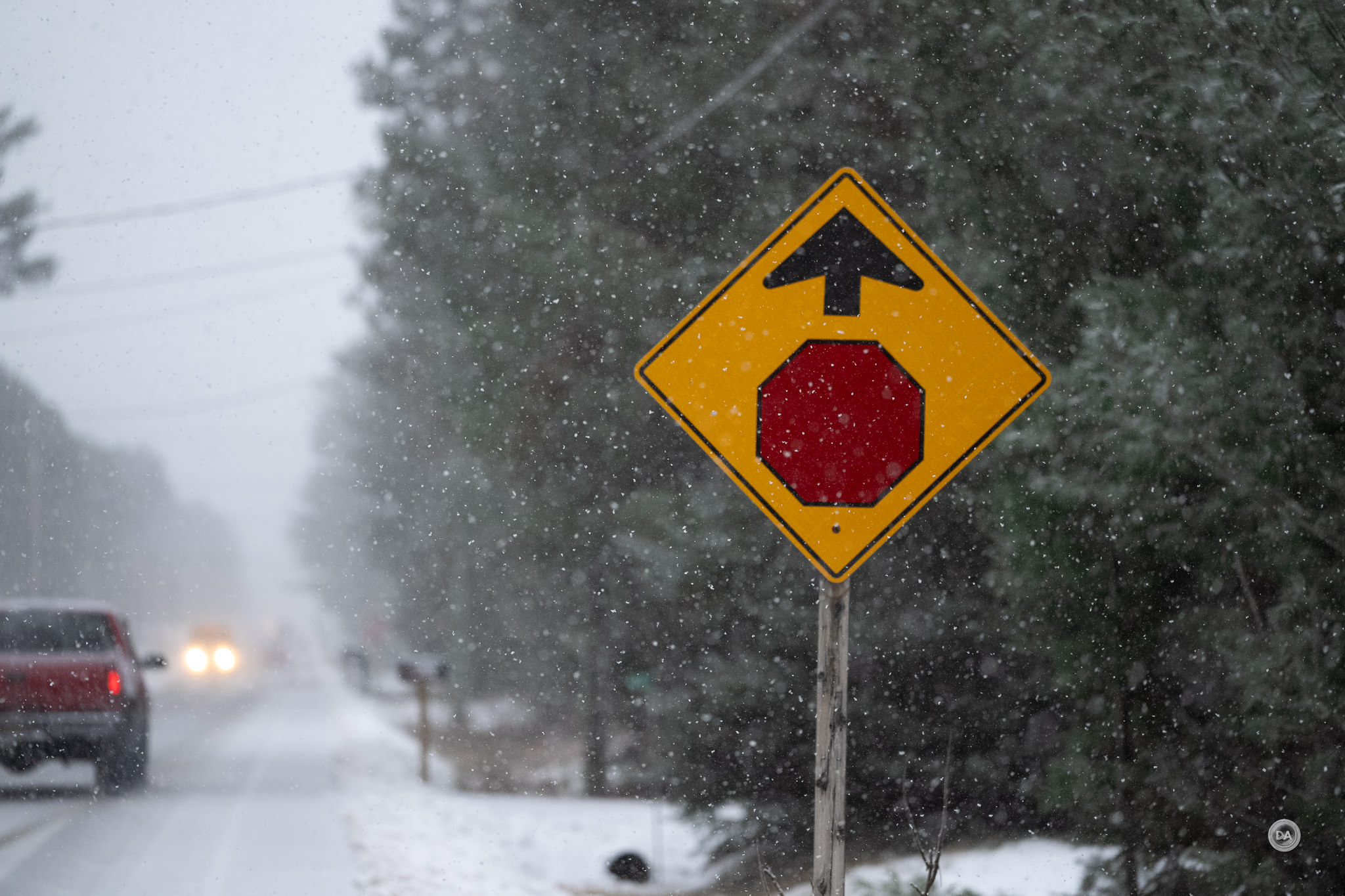
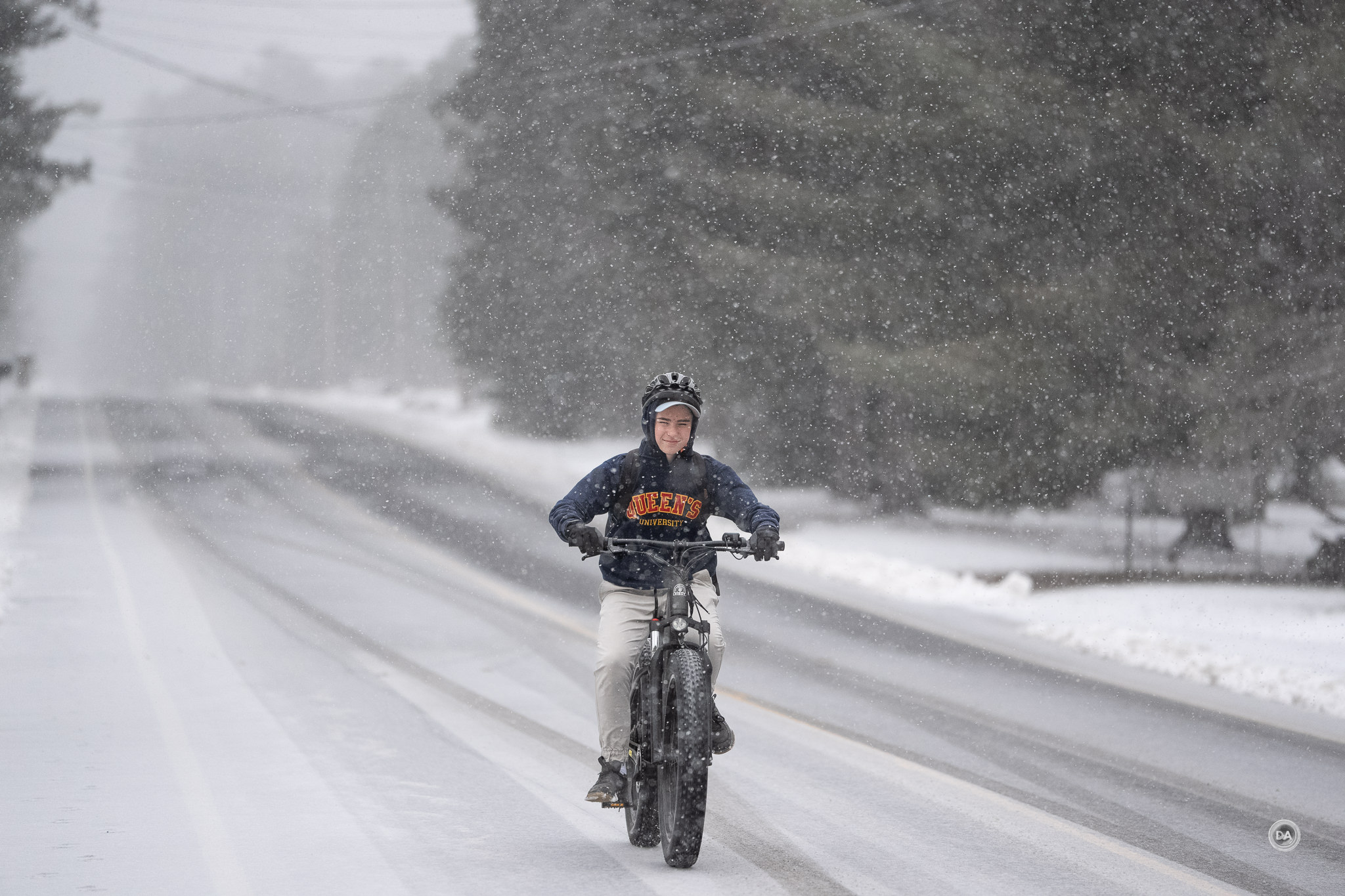
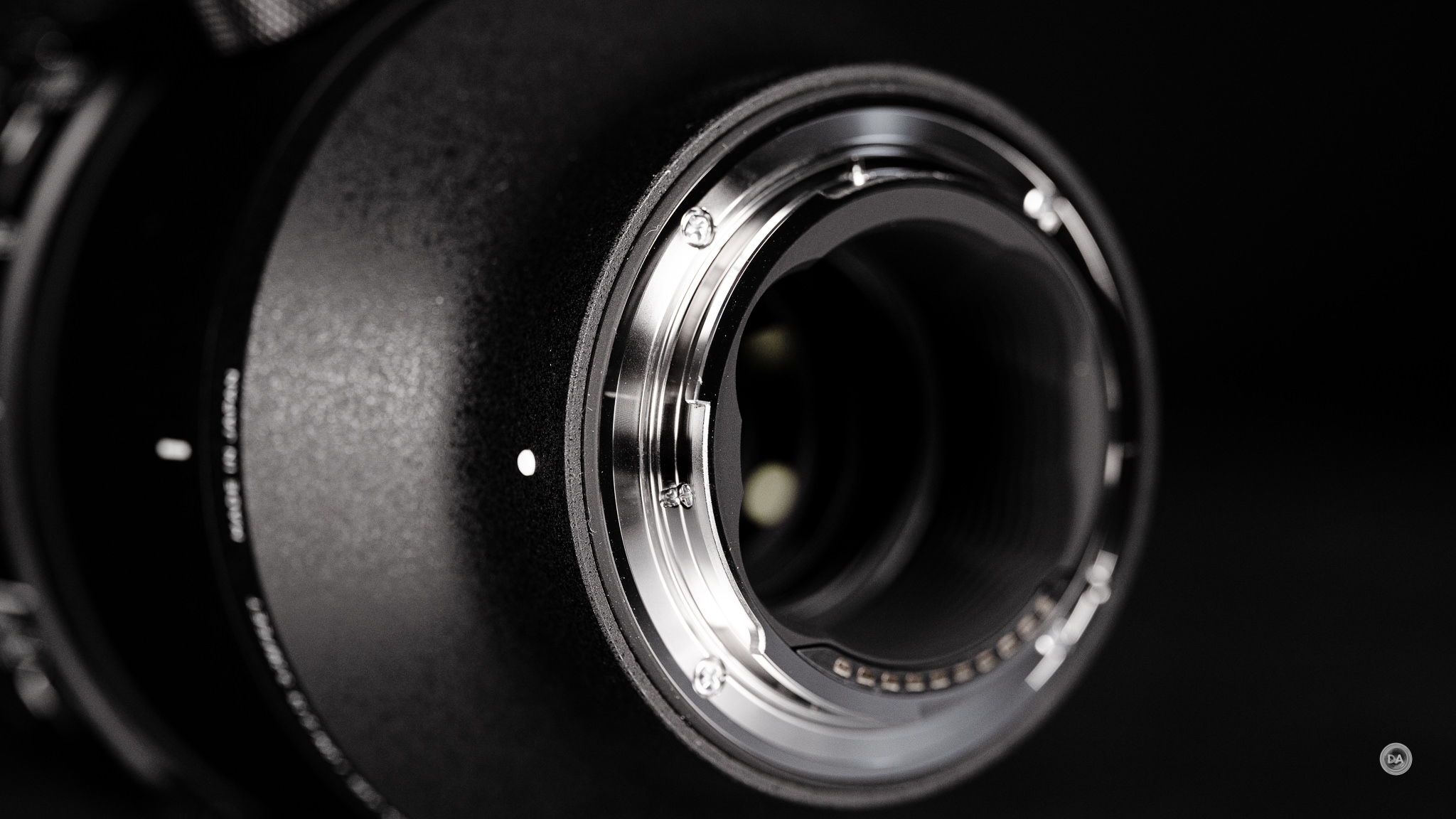
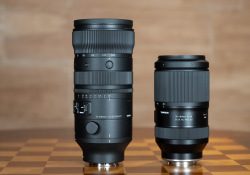
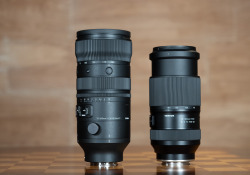
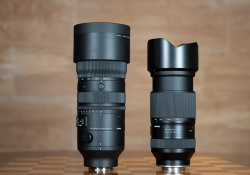




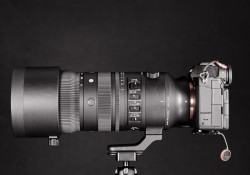
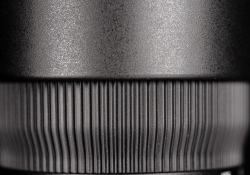
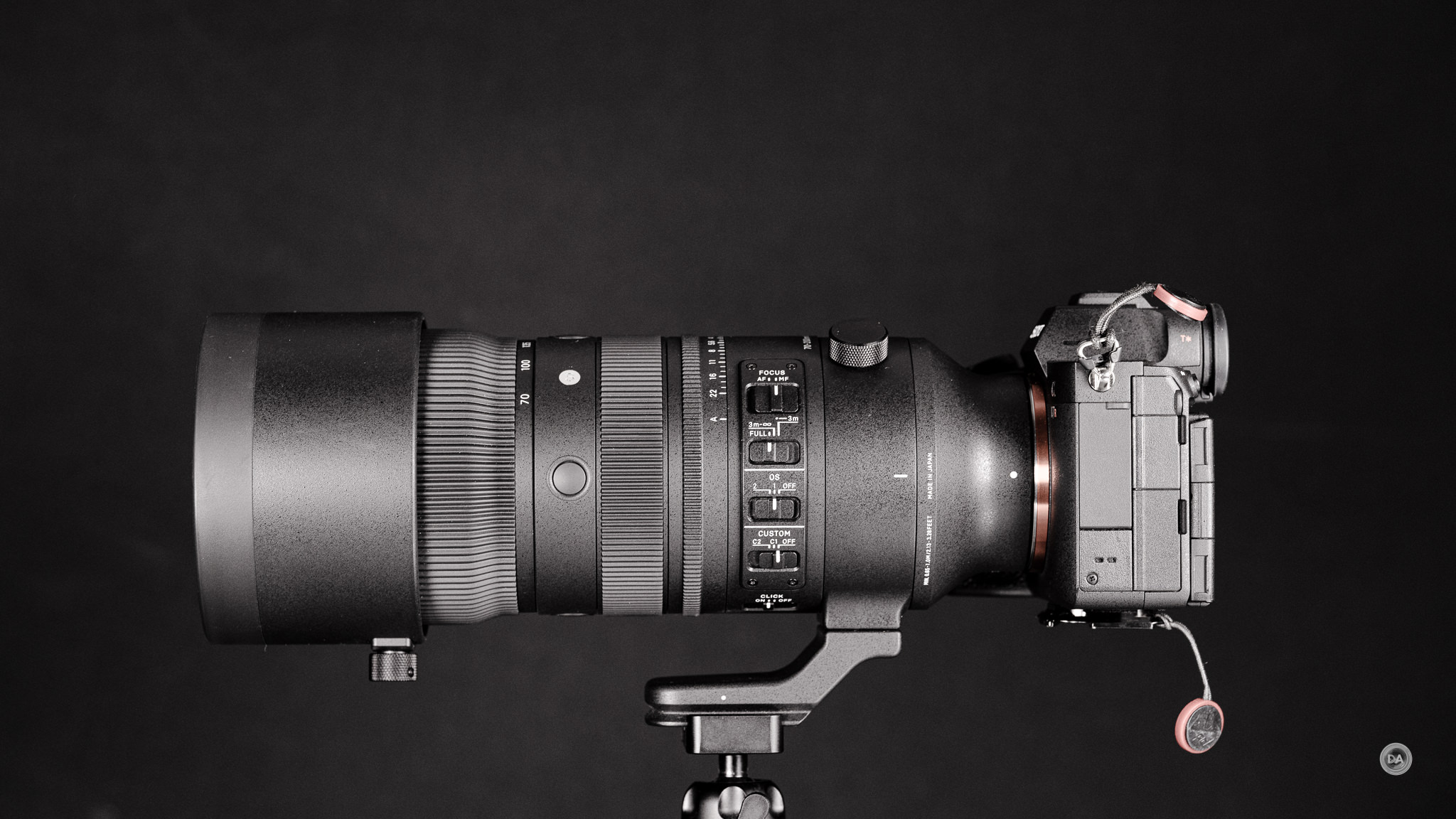
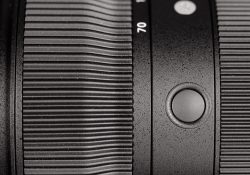


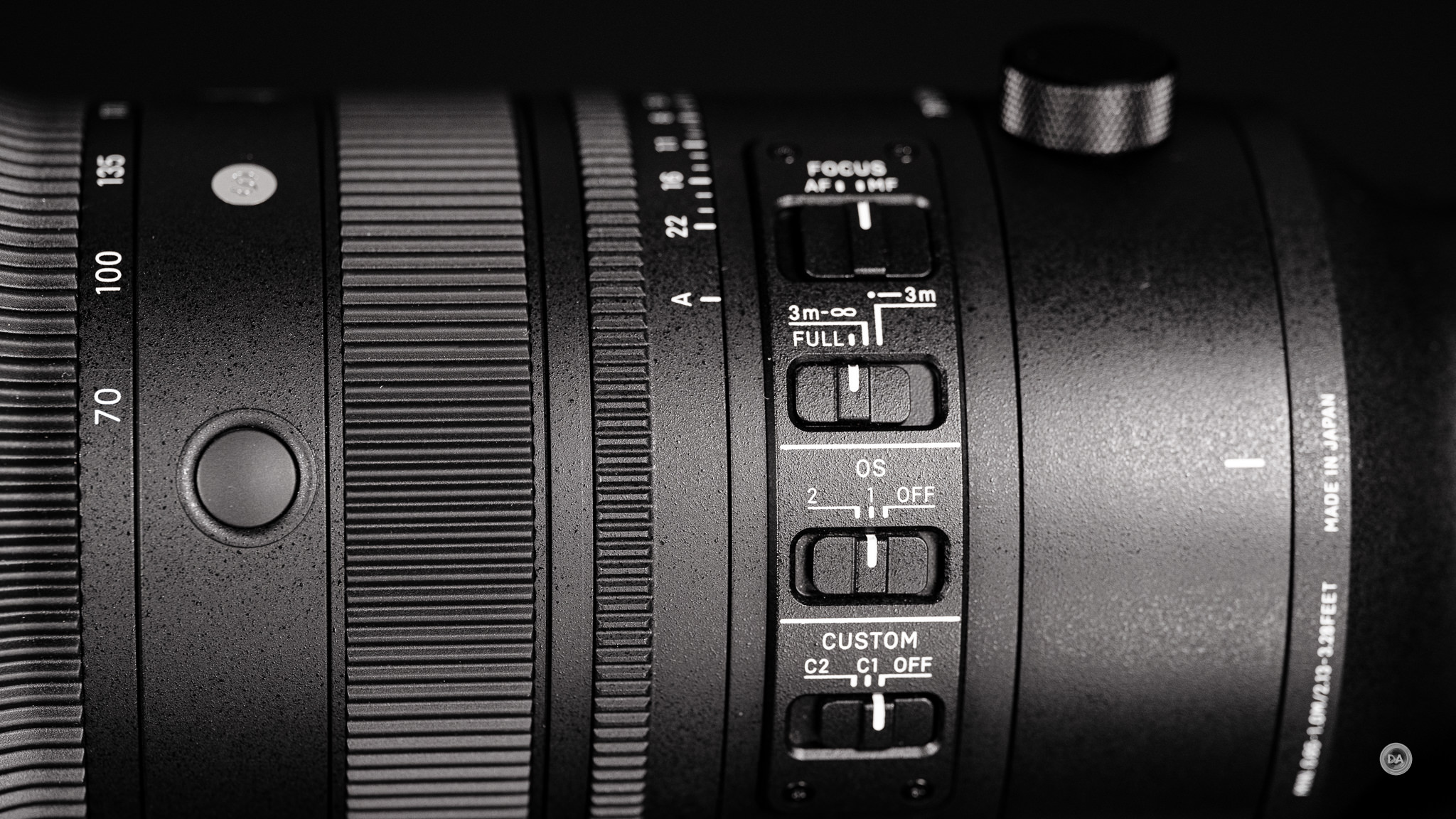
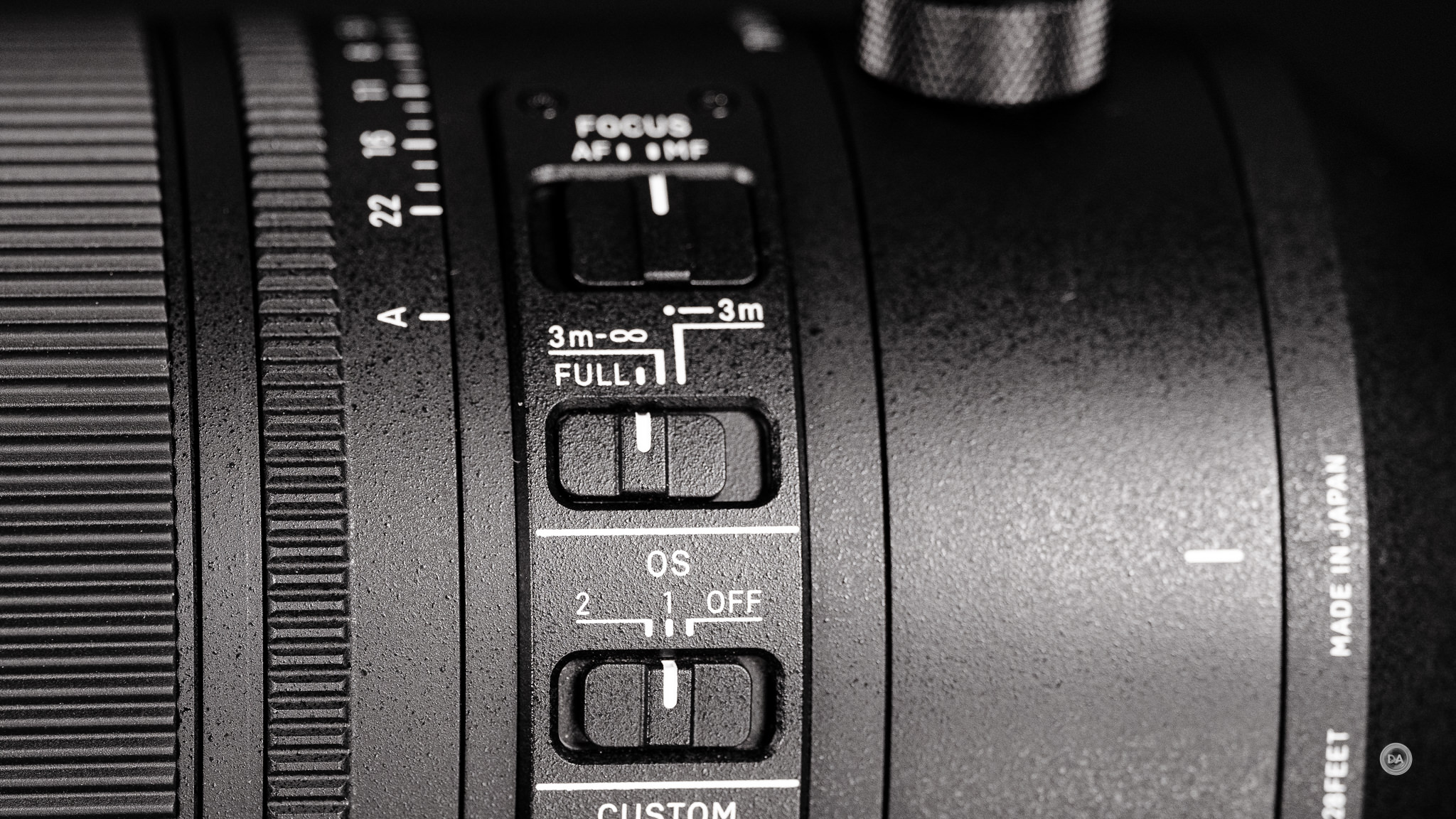
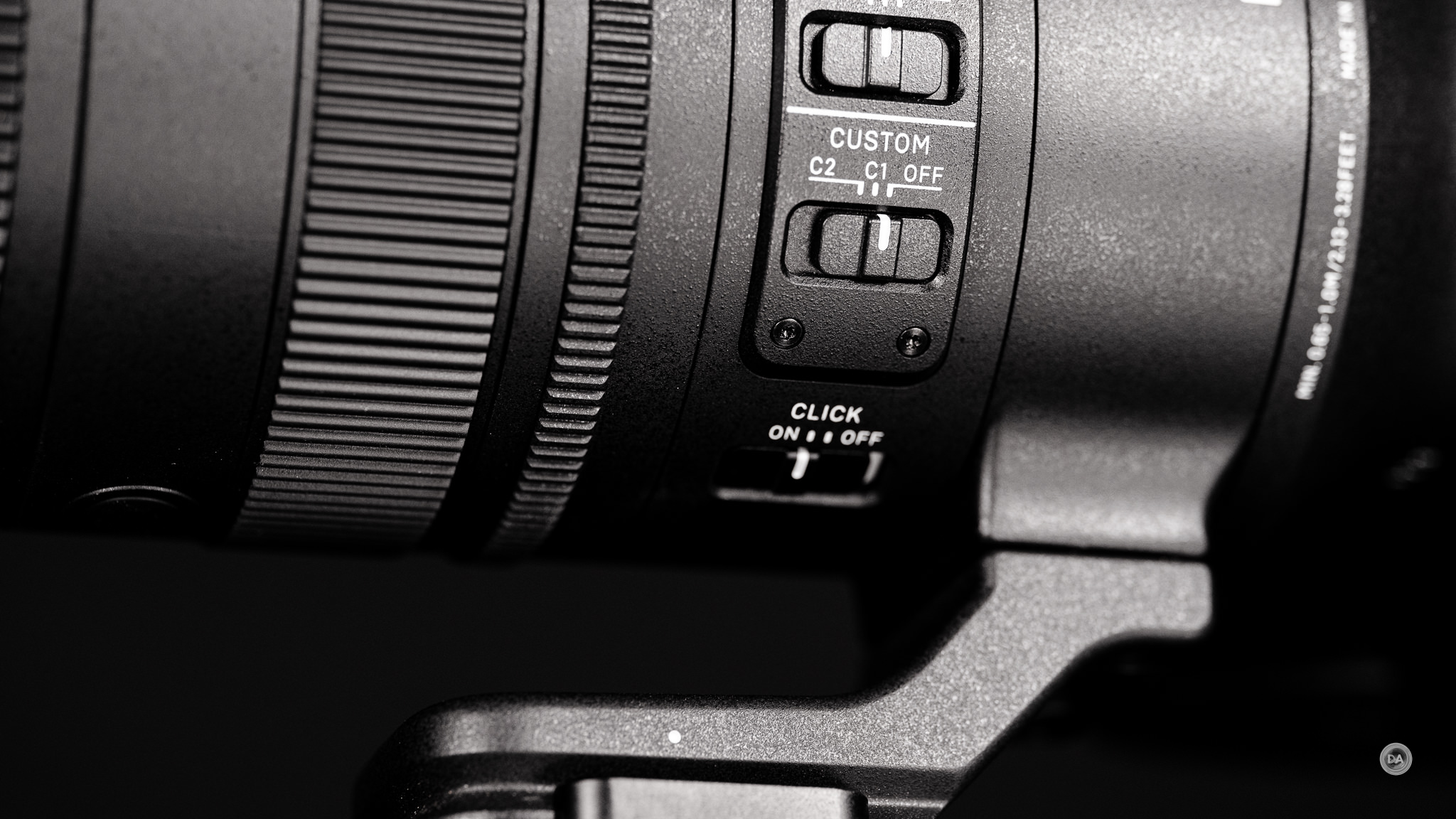

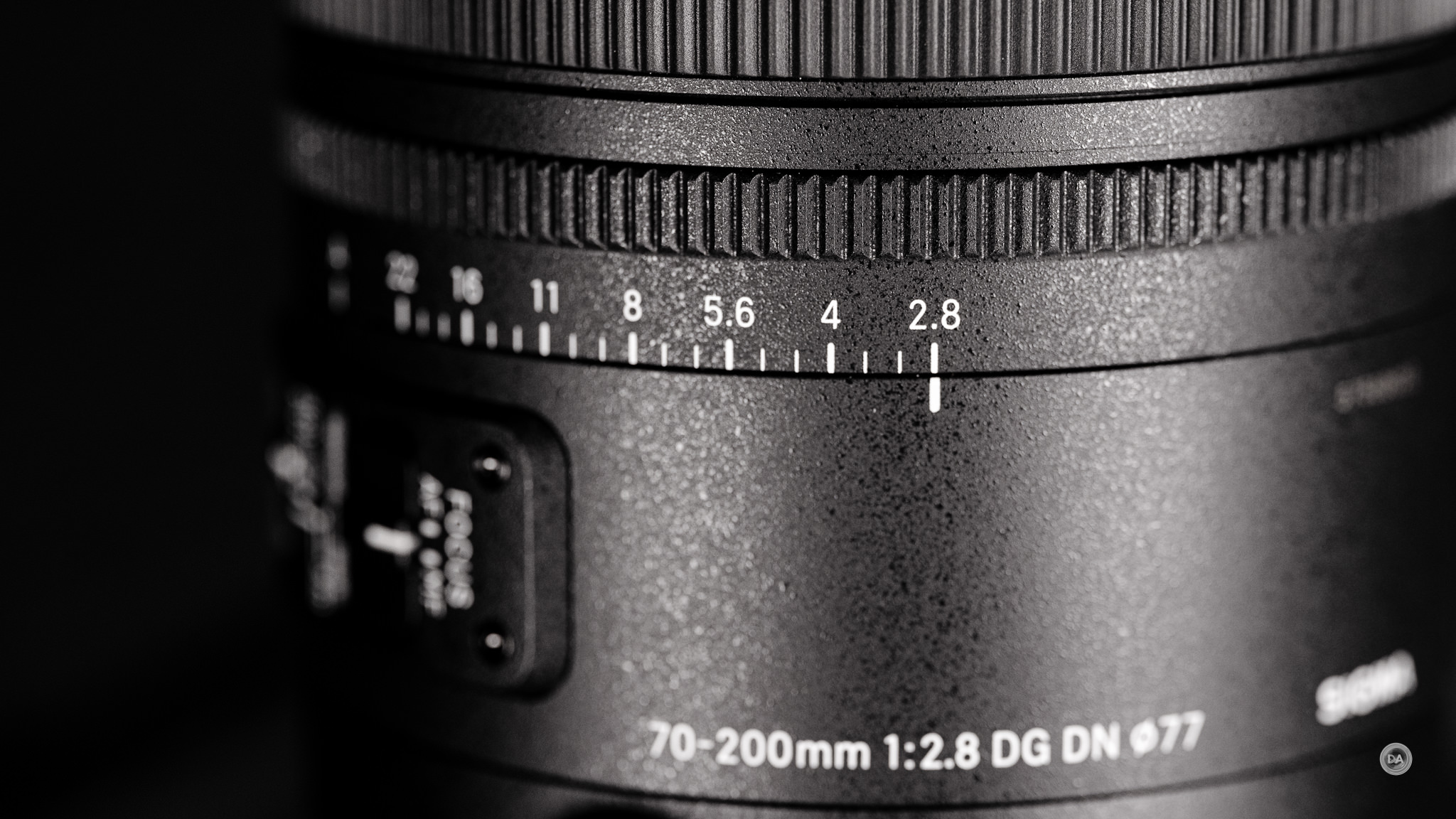
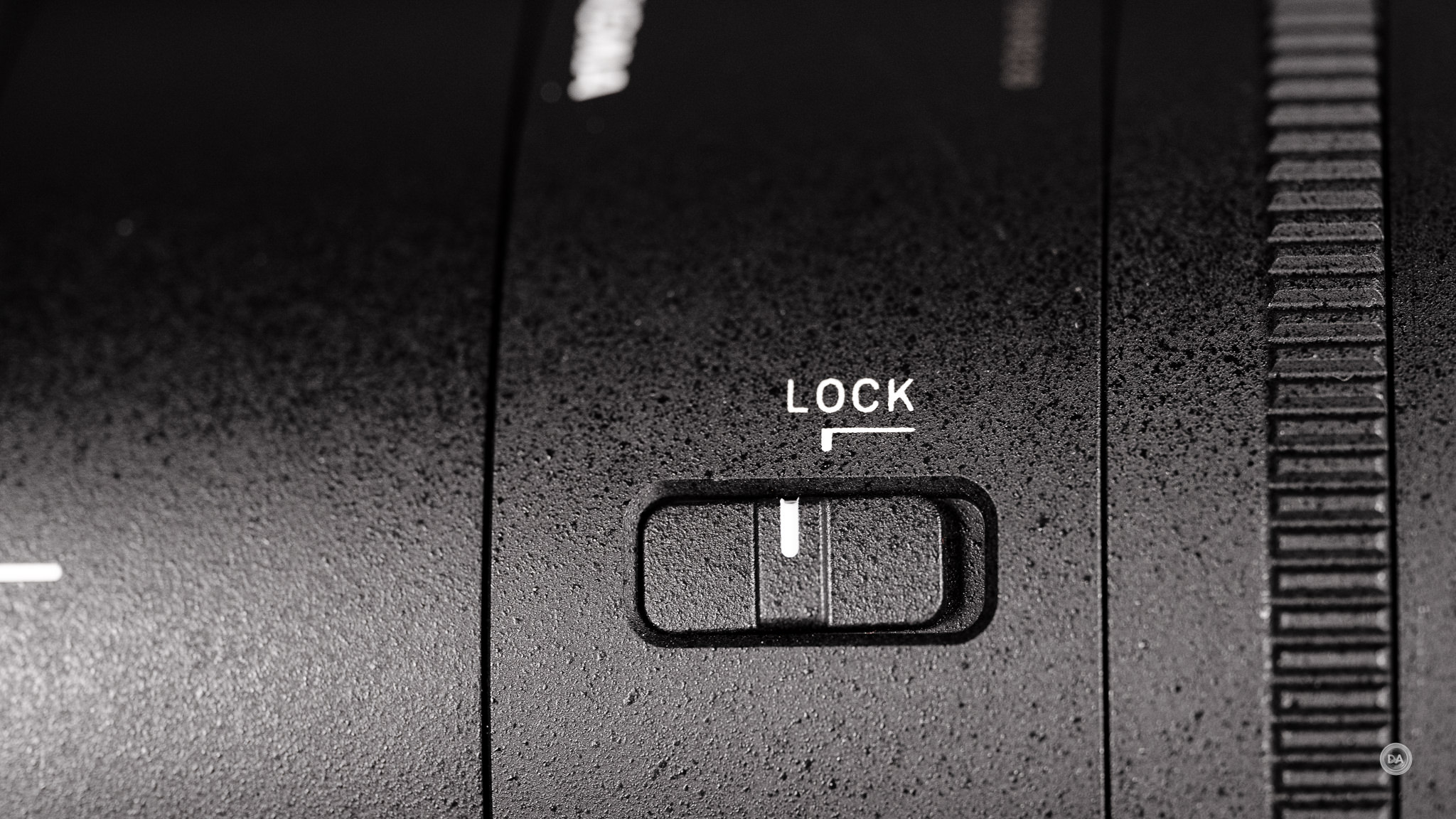
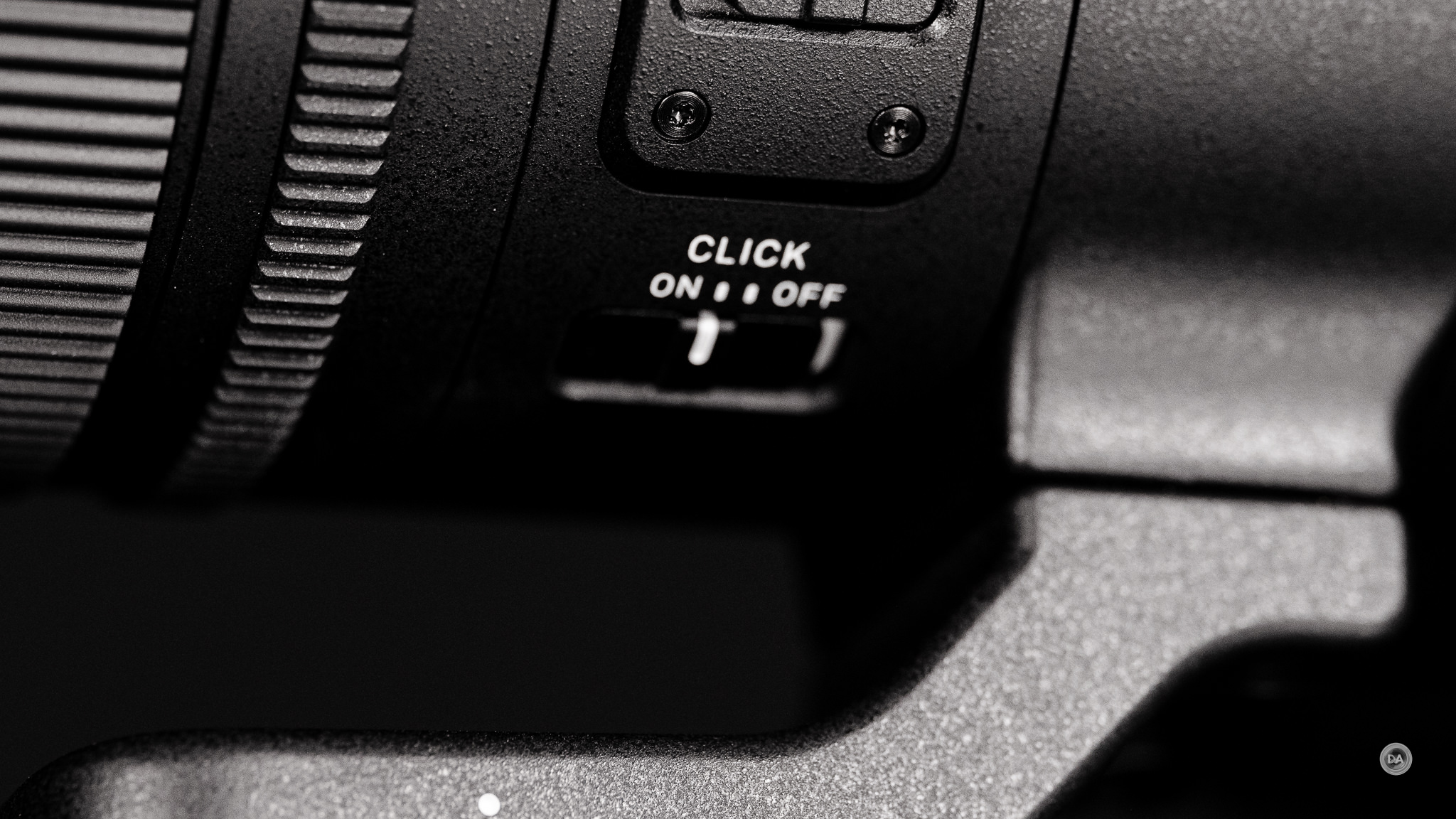


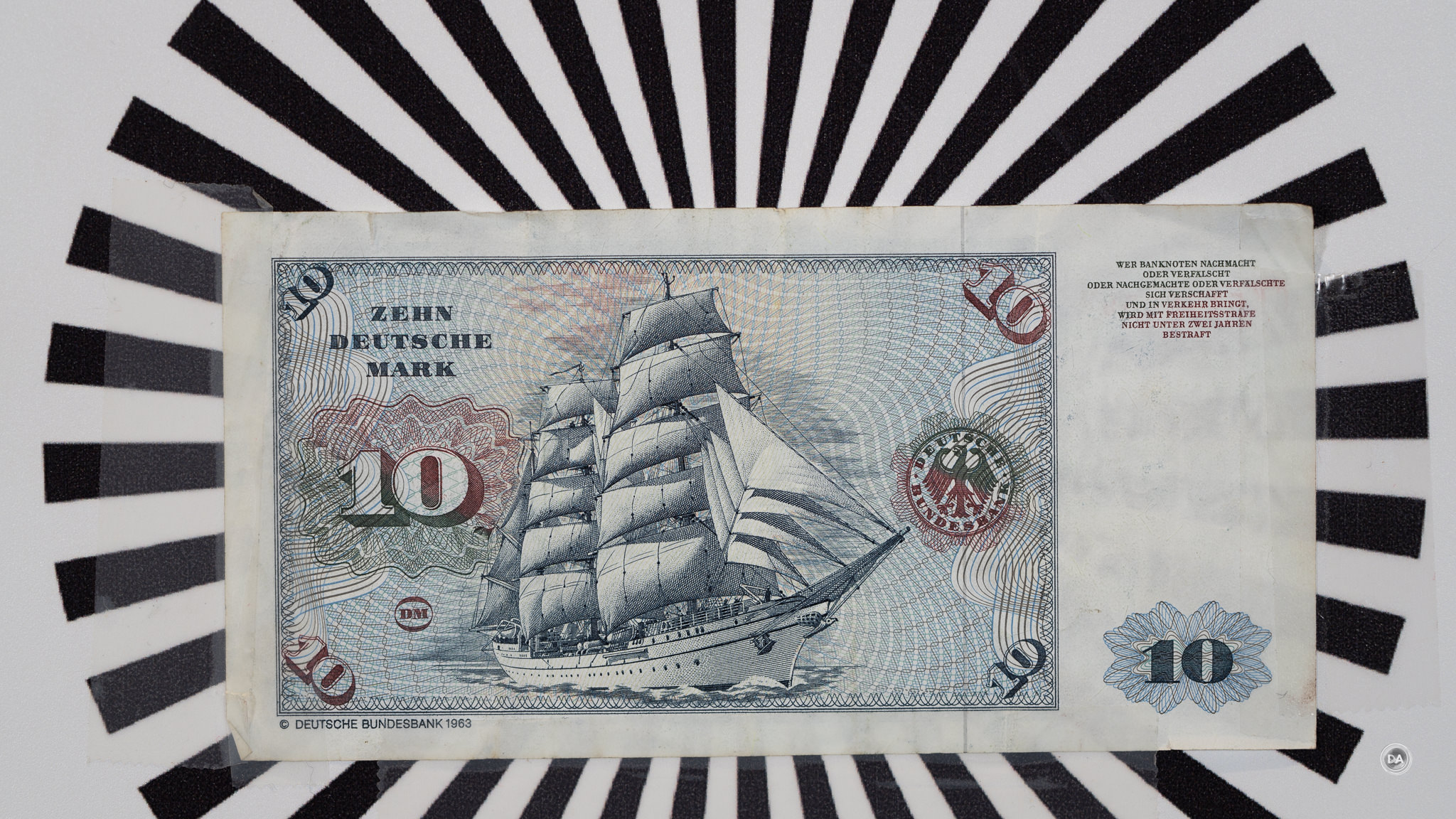













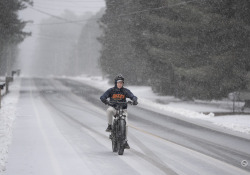
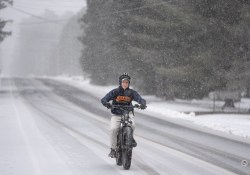
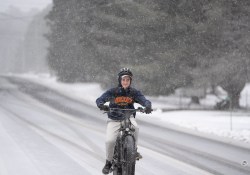
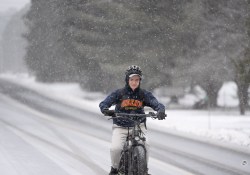
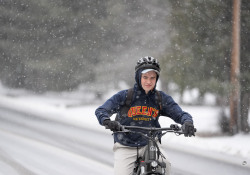





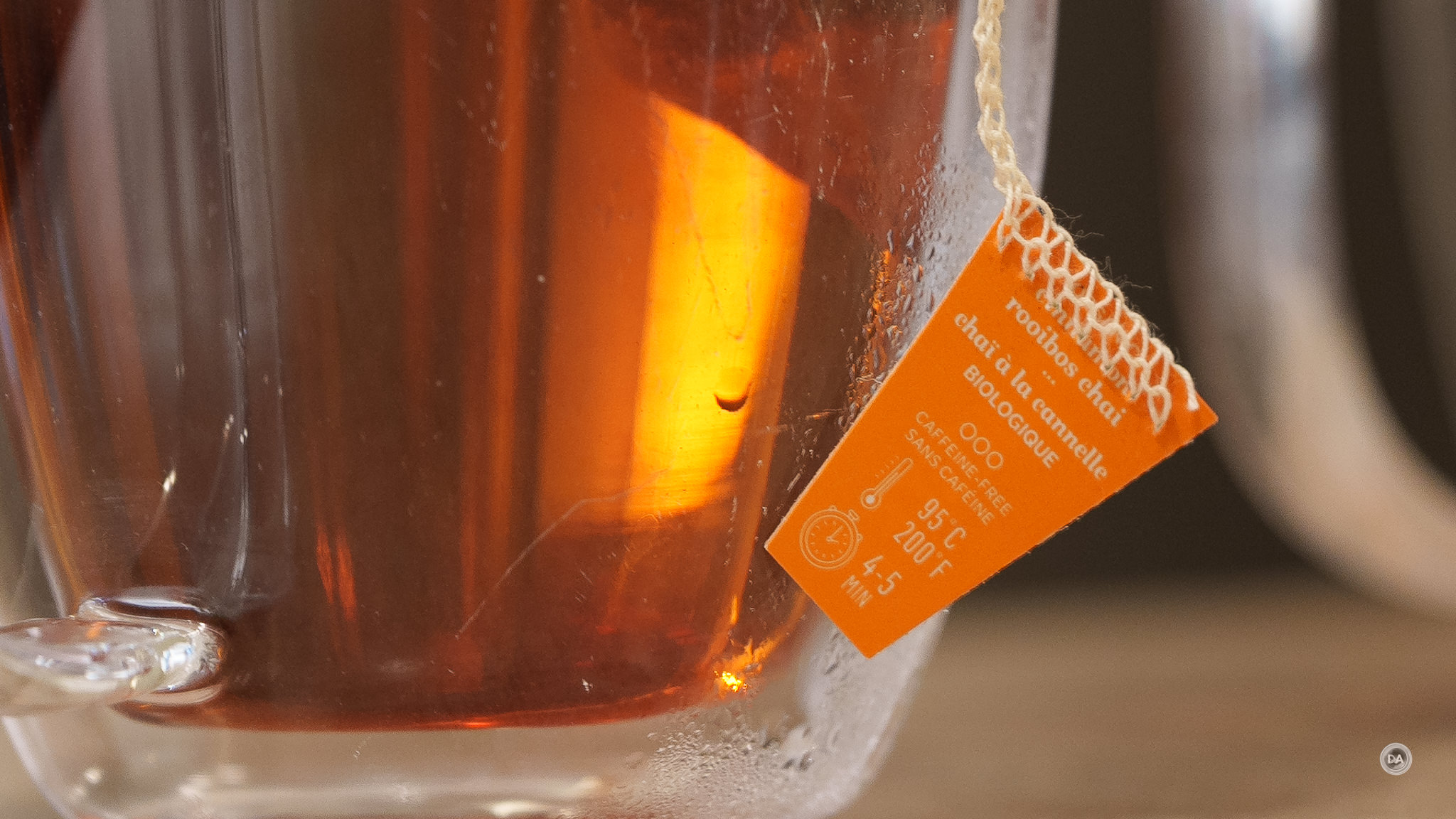
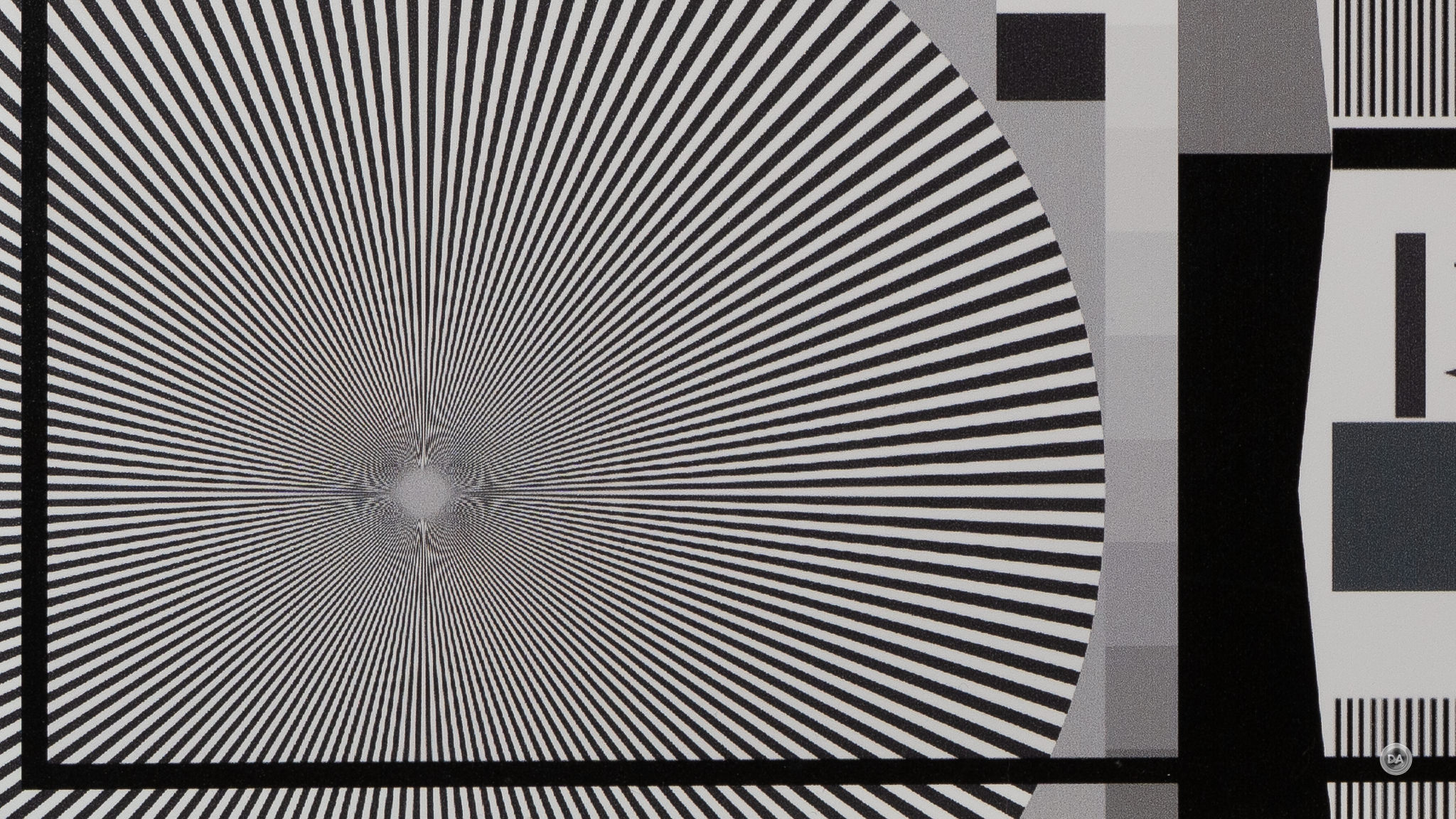
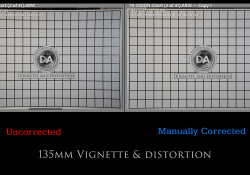

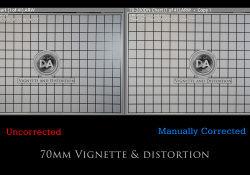

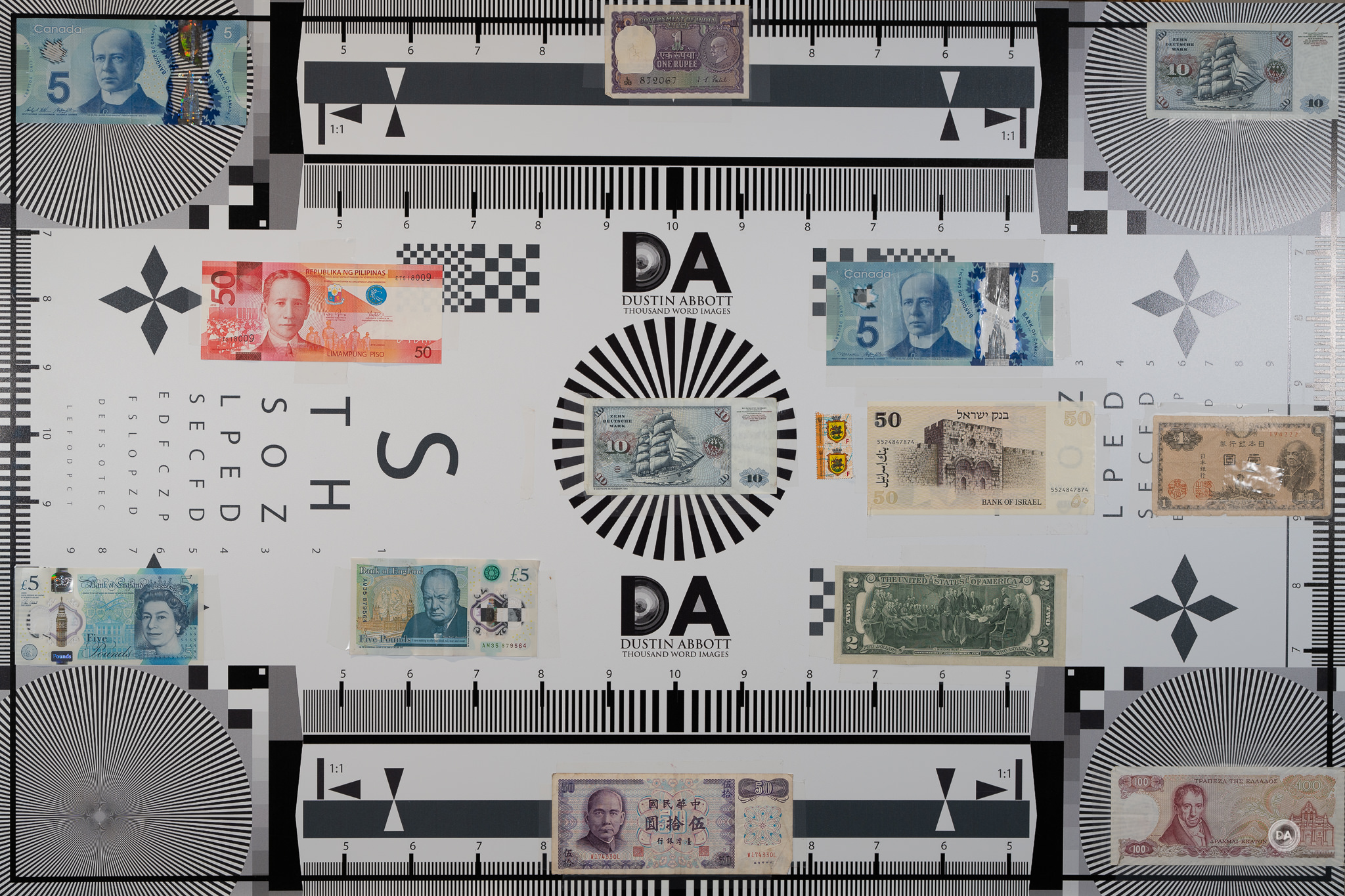






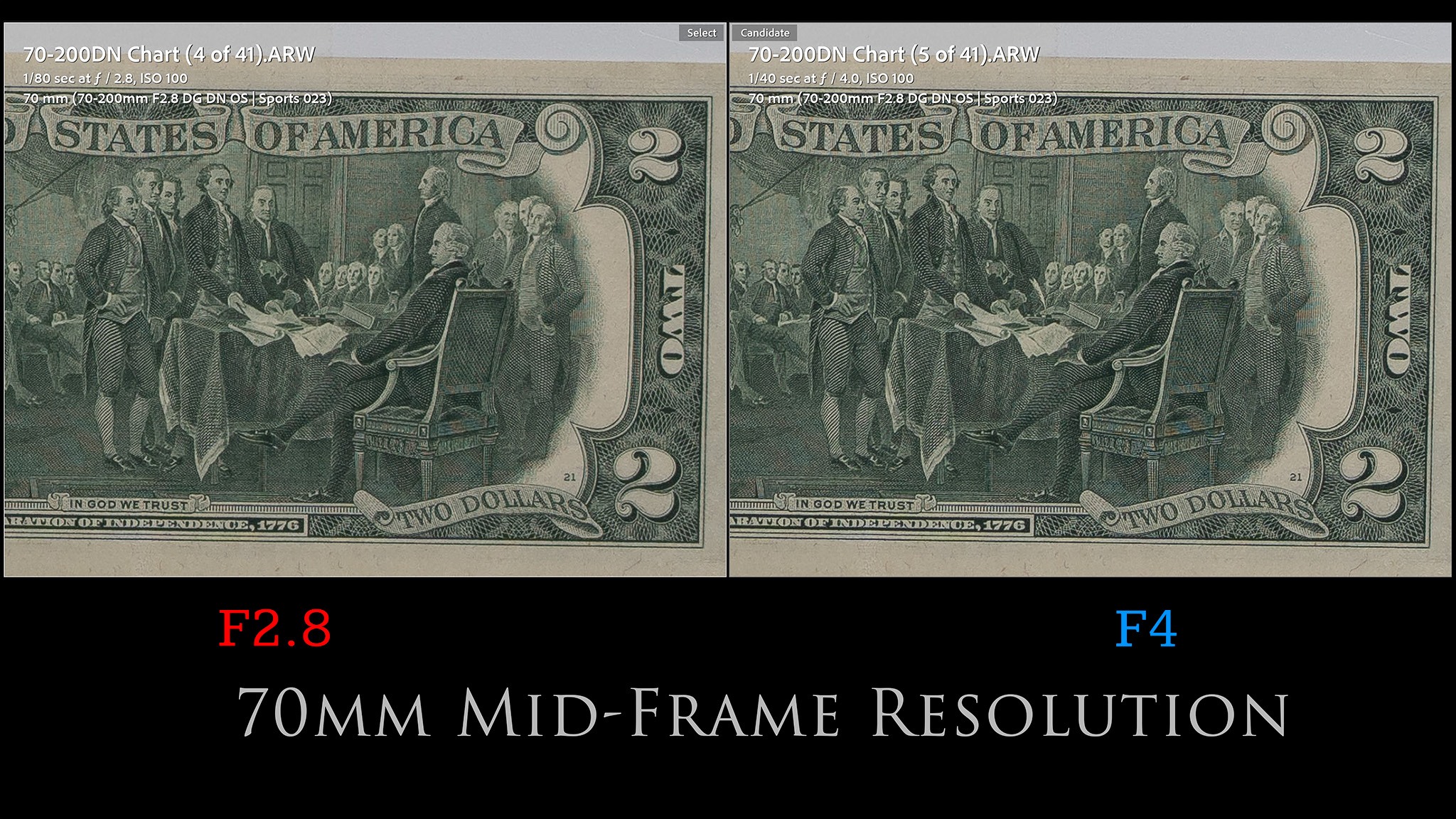
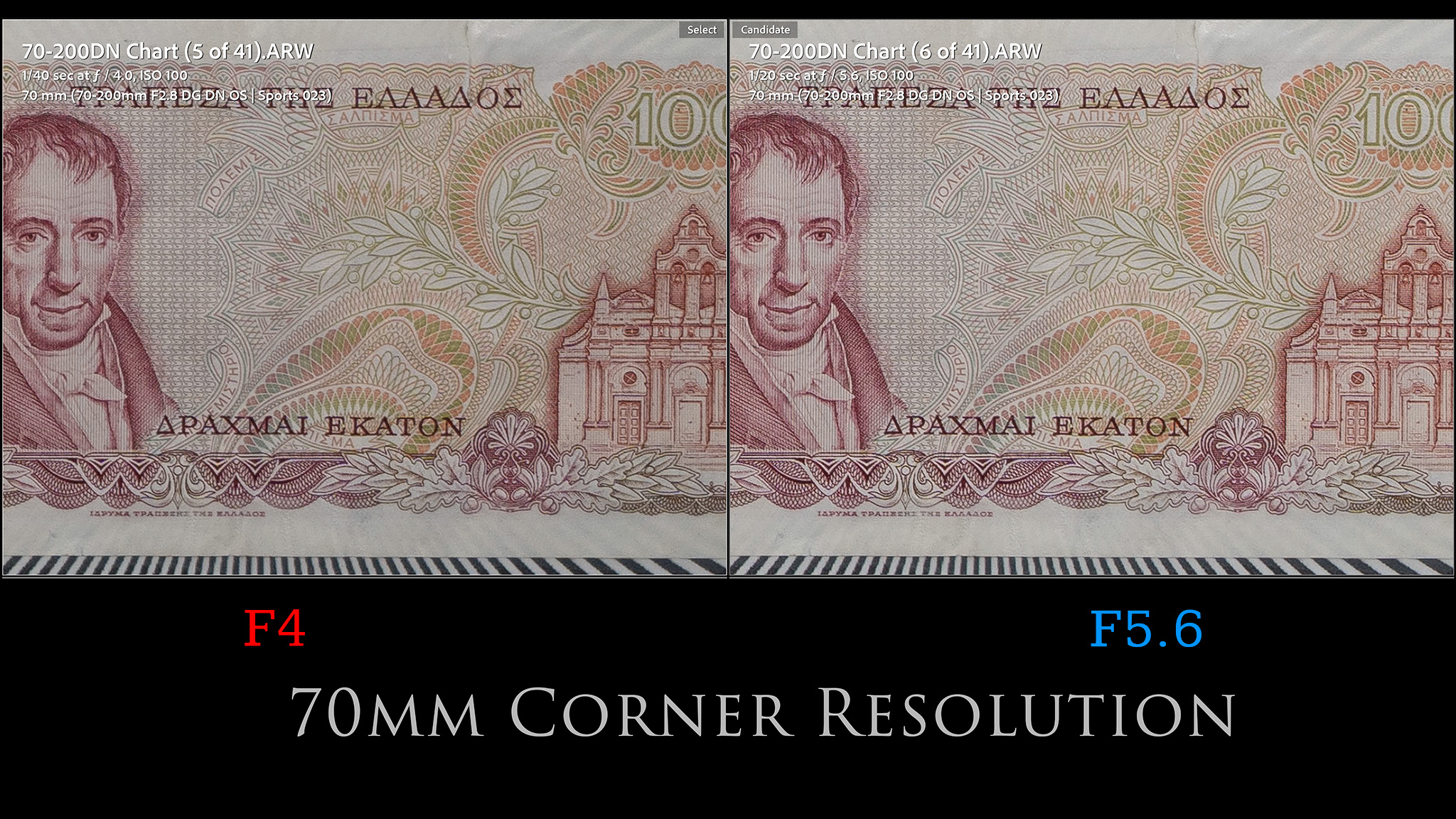







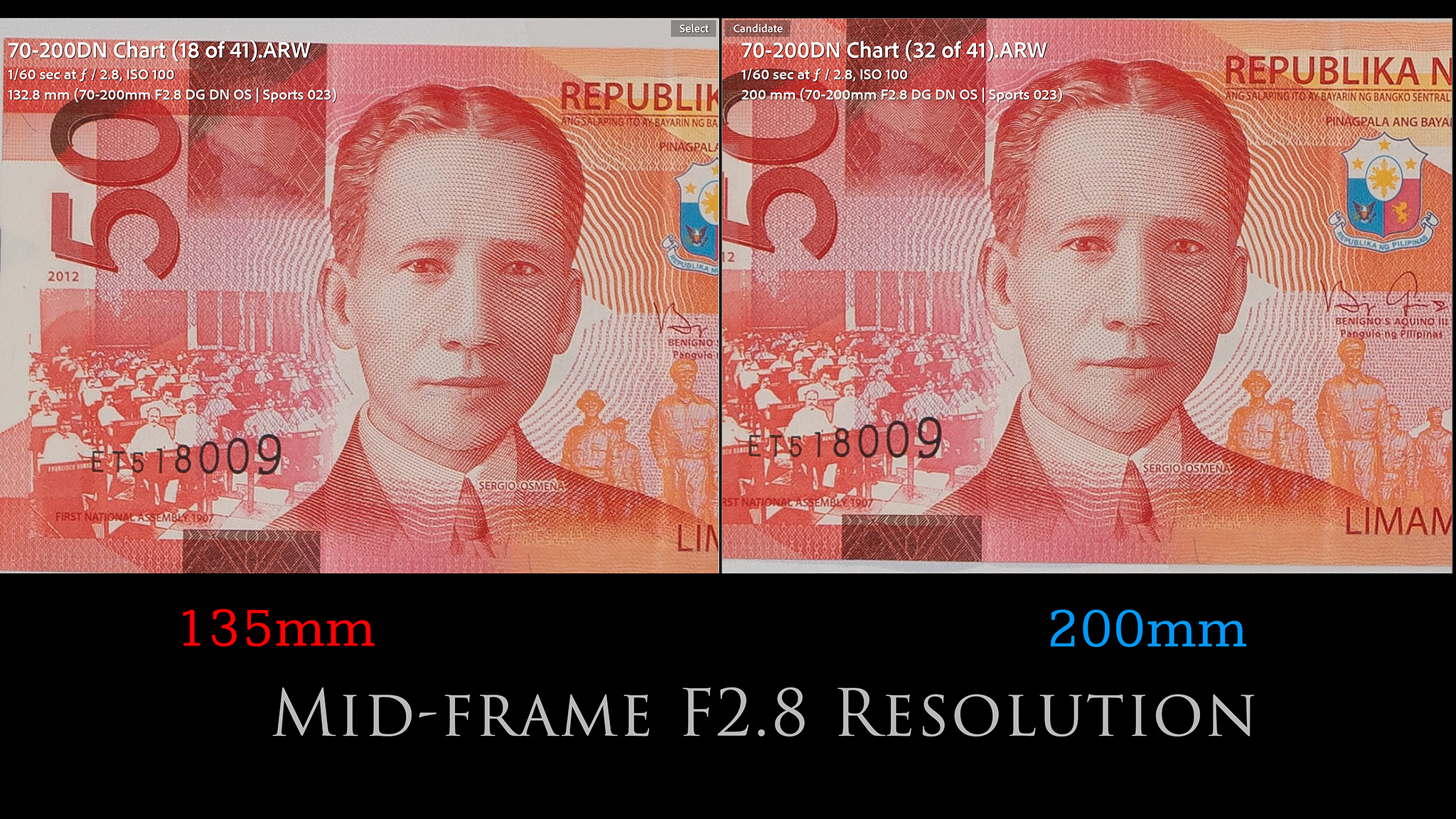




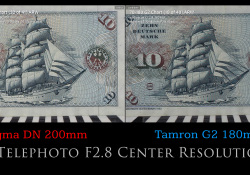

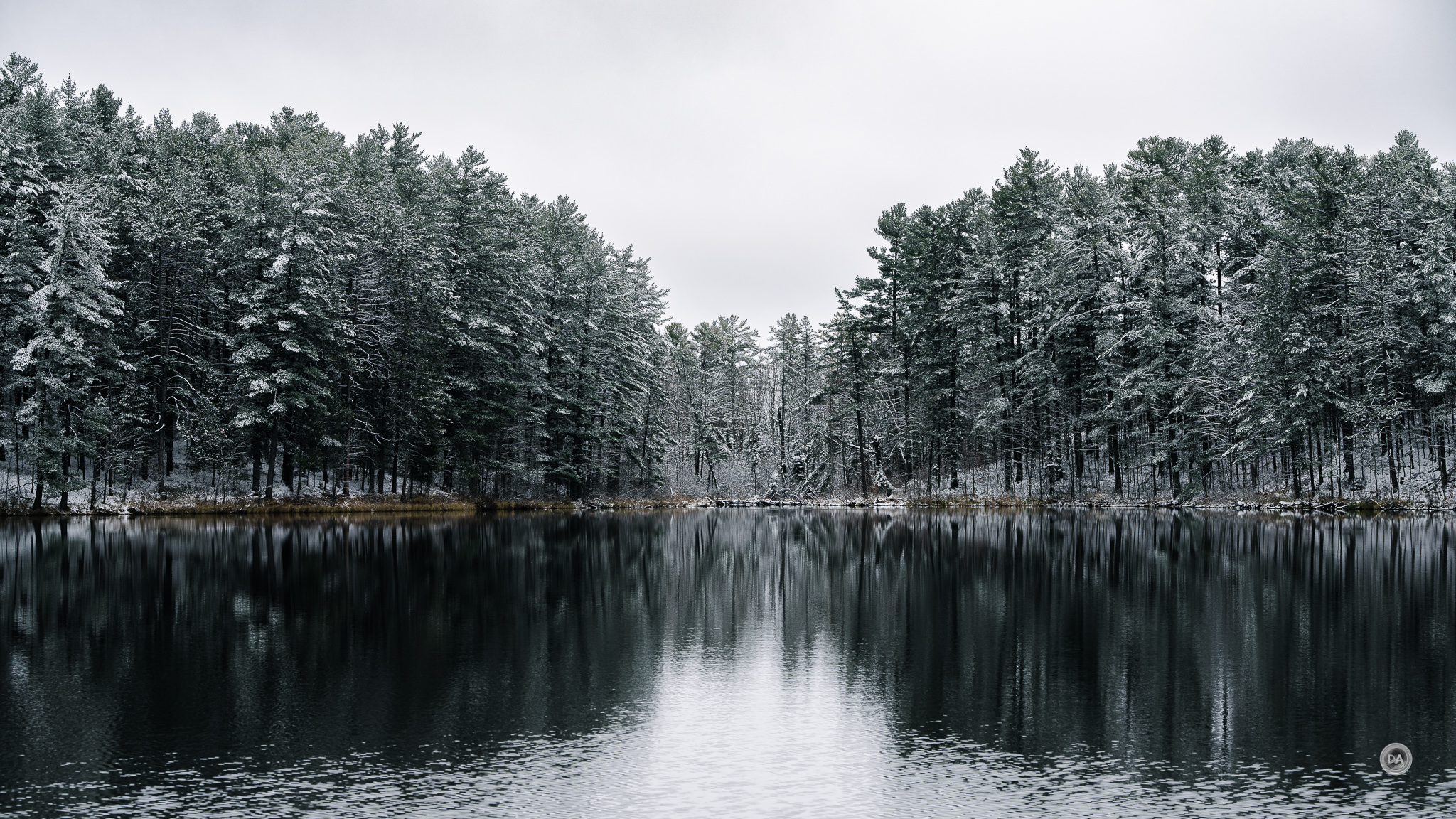

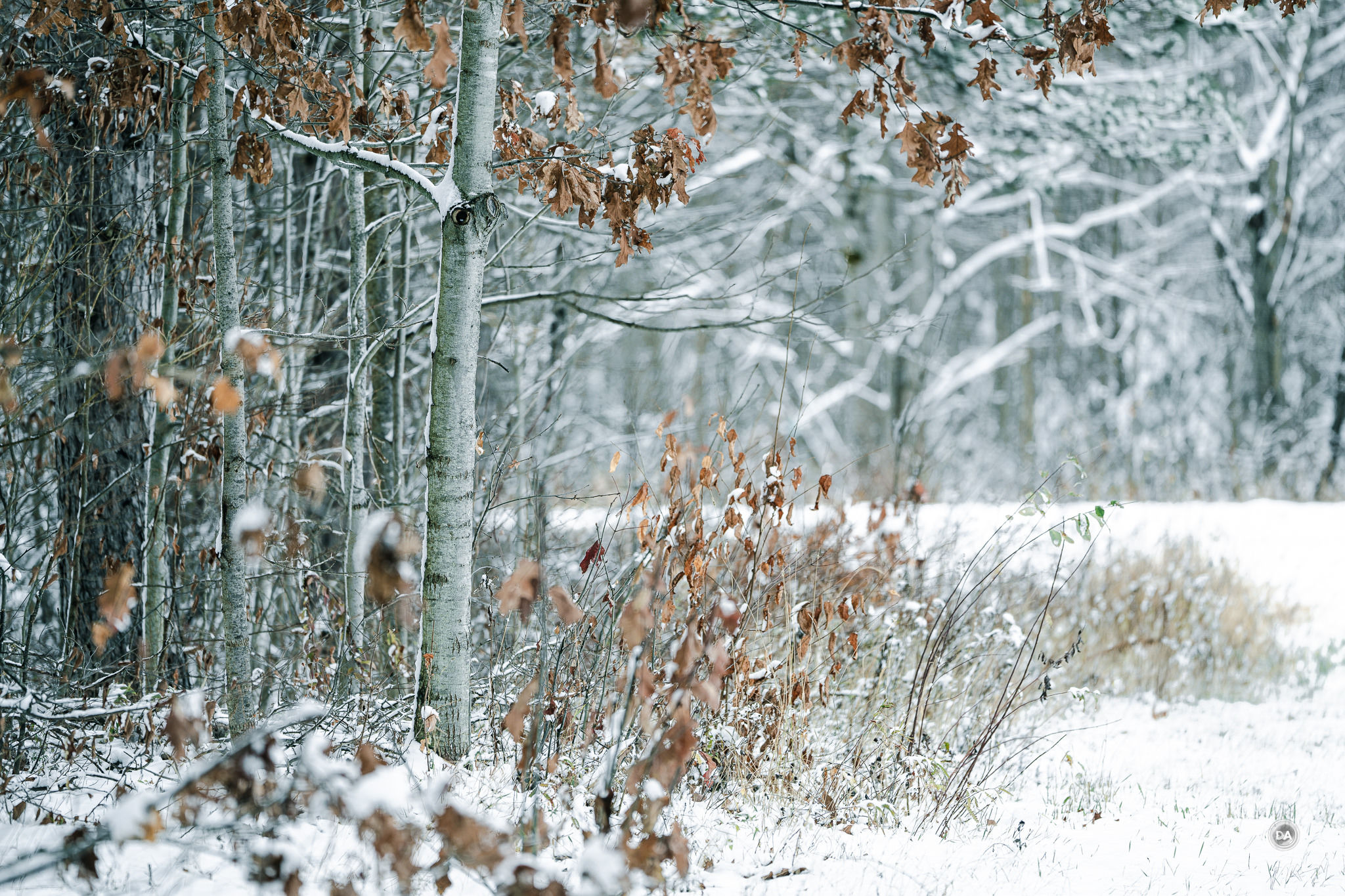


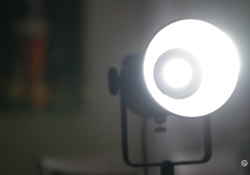
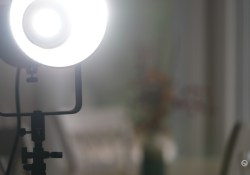




 GOOVIS ART Head Mounted Display Review
GOOVIS ART Head Mounted Display Review 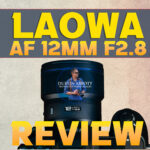 Laowa AF 12mm F2.8 Zero D Review (Z-Mount)
Laowa AF 12mm F2.8 Zero D Review (Z-Mount)  Nikkor Z 35mm F1.2 S Review
Nikkor Z 35mm F1.2 S Review  Kase AF 85mm F1.4 Review
Kase AF 85mm F1.4 Review 


